Piezo motors and electric motors are employed for very different uses. Piezo motors provide a high power-to-size ratio for very small movements – typically a few millimeters or less. They also have very fast response times and are self-locking, meaning they can hold a load in position during a power-off condition.
Electric motors, on the other hand, are often used to drive ball or lead screws whose travel is at least several hundred millimeters. And the friction that is produced by sliding or rolling motion – as in the case of screw drives – makes it difficult to achieve low- or sub-micron levels of resolution, and often causes the motor to compensate for overshoot or undershoot at the end of the move by “hunting” for the commanded position.
So where does an engineer or designer turn when the application requires both nanometer-level resolution and travel greater than a few millimeters?
Linear motors and voice coil actuators are possible solutions. But while linear motors offer long stroke lengths with excellent positioning accuracy and repeatability, they still suffer from the effects of friction in the linear bearing guides that are used for supporting the load. Voice coil actuators also offer precise positioning along with excellent force control and smooth motion. But their travel is limited to around 100 mm, and they draw current when holding a load at standstill.
The emergence of linear encoders capable of nanometer-level resolution has made it possible to combine piezo motors and electric motors into a hybrid device. The hybrid design provides the positioning accuracy and repeatability of a piezo system, together with the long travel of a motor-driven ball or lead screw. This is accomplished by incorporating a piezo motor (typically a flexure guided piezo actuator) into the screw assembly, with the electric motor responsible for “coarse” motion and the piezo actuator responsible for “fine” motion.
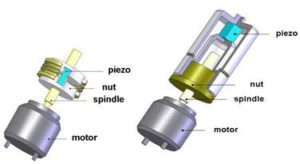
Image credit: Physik Instrumente
In simple terms, the electric motor and ball screw assembly makes a large, or “coarse,” move, which reaches very close to the desired position, and the piezo actuator makes a very small, or “fine,” move that positions the stage to within just a few nanometers of the target position. The piezo actuator can also improve the smoothness of motion by compensating for deviations in the motor’s speed during travel.
The enabling technology for this performance is a linear encoder with nanometer-level resolution, which is shared by both the electric motor actuator and the piezo actuator. Both actuators are also controlled within the same servo system, but on two separate control loops. The use of both a common feedback device and a common controller allows the system to constantly read the assembly’s position and coordinate the motions of the electric motor and piezo actuator to achieve nanometer-level positioning accuracy over long travel lengths.
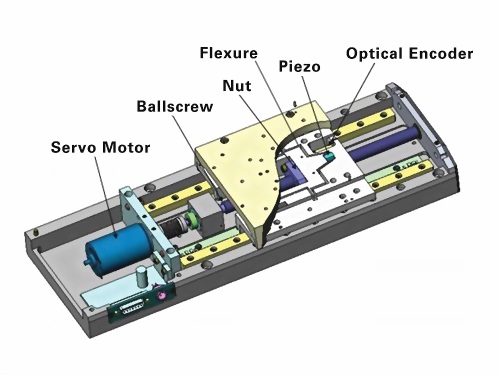
Image credit: Physik Instrumente
Hybrid piezo-electric systems are useful in semiconductor inspection and metrology applications, where positioning accuracy in the nanometer range is required, but the devices to be inspected or measured are several inches in length or diameter. These requirements are also common in the optical field, where a mirror might need to be moved several inches, but the position must be achieved to within a few nanometers.

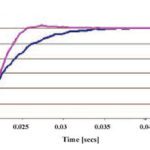
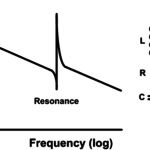
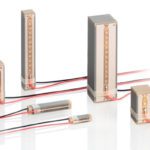
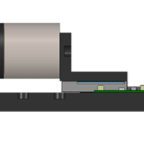
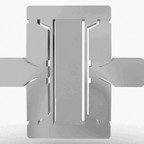

Leave a Reply
You must be logged in to post a comment.